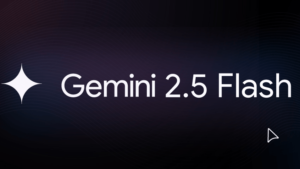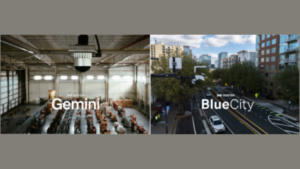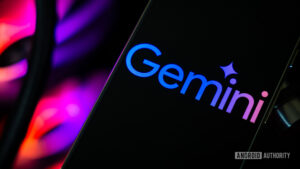Are AI Platforms Like ChatGPT, Grok, and Gemini Adversely Impacting Social Media?

Understanding the Rise of AI-Generated Content in Social Media
Recently, I logged into various social media platforms and noticed a peculiar trend: AI-generated content has taken over. From altered images of famous landmarks to character transformations, every corner of the internet is saturated with artificial intelligence creations. It’s not just me who feels this way; many users are noticing the whirlwind of synthetic posts flooding their feeds.
On platforms like Facebook, you might see iconic sites like the Colosseum reimagined as a water park. Meanwhile, LinkedIn users are transforming their professional headshots into whimsical Studio Ghibli-style characters with the help of AI tools like ChatGPT. Even Threads features videos of popular series like Severance presented in bizarre scenarios. The question arises: has artificial intelligence accidentally disrupted the essence of social media?
The Impact of AI on Social Media: A Double-Edged Sword
AI content production is rampant, making it challenging to escape this new digital landscape. This proliferation raises critical questions about how we perceive trust and truth online. Creative director Joe Goulcher categorizes AI content into four main types, helping to clarify why the current online atmosphere feels overwhelming.
1. Functional AI Slop
This category features poorly created content, often little more than stock images slapped together to fill space. Goulcher describes it as the lowest tier of AI-generated visuals, having little thought or skill invested in its creation.
2. Clickbait Slop
This variety is designed to provoke strong reactions—typically negative—encouraging users to engage out of disgust. It’s crafted to spark conversations and, ironically, is often intentionally low-quality.
3. The ‘Look What I Made!’ Post
These posts showcase AI creations that mimic popular intellectual properties like Lord of the Rings or Star Wars. Creators usually proclaim their work as revolutionary and invite viewers to consider switching to AI instead of traditional artistry, but the results often fall short of expectations.
4. The Genuinely Good Stuff
Though rare, some AI campaigns are well thought-out and include high-quality visuals, combining the best aspects of human creativity with AI assistance. These stand out amidst the general clutter, proving that effective AI use can yield impressive results.
Creating for the Sake of Creation: A Technology Backlash?
Today, many are producing AI-generated content simply because they can. This raises concerns about quality and intended messaging; brands and individuals are creating content without a clear purpose. Even tech companies are integrating AI into their products, not necessarily because it’s beneficial for users, but to appease shareholder demands.
The expectation surrounding AI has not translated into genuine improvements for most users. Instead, it often seems like an extravagant gimmick. Goulcher compares it to the early days of streaming and torrenting, where the ethical implications were muddied, and companies aimed primarily for profit.
The Risks of Misinformation in the Age of AI
While the prevalence of AI in our feeds is puzzling and often humorous, it also presents significant dangers. Notably, AI’s ability to rapidly generate misinformation poses a severe threat. For example, far-right groups in Europe are using AI images to manipulate public opinion and spread false narratives. These operations are not random acts by individuals but are systematic campaigns designed to create discord.
In our current climate, misinformation can take many forms, from deepfake videos to fabricated war scenes. The accessibility of these tools means that anyone can produce misleading content without requiring advanced skills or a substantial budget. All it takes is a compelling narrative and the willingness to distort reality.
This situation doesn’t only dwindle the quality of content we consume but also challenges our ability to distinguish between what is real and what is fabricated. In a world increasingly governed by algorithms focused solely on gaining clicks and engagement, the truth can easily sift into obscurity.






